Headphones are more than just gadgets; they’re the lifeline to the soul of sound.
They can transport us to a different world, intensify emotions, and sharpen our overall senses.
For music producers, the right headphones can distinguish between a track that’s basic and one that’s extraordinary.
However, if you’re unfamiliar with all the different types of headphones, the choices can be overwhelming, and making the wrong choice can hinder your sound experience.
That’s why we’re here to break it down and provide a comprehensive guide to headphone types.
In today’s article, we’ll be covering:
- The essence of sound quality ✓
- The significance of comfort in long studio hours ✓
- The evolution of connectivity ✓
- The importance of headphone longevity ✓
- An in-depth dive into various headphone types ✓
- All the different types of headphones producers need to know ✓
- Tips, tricks, techniques, and secrets for each headphone type ✓
- Much more ✓
By the end of this article, you’ll have an arsenal of knowledge about each headphone type 一 understanding their unique pros and cons.
Equipped with this knowledge, you’ll be able to make informed decisions and produce music that resonates with unparalleled professionalism.
So, let’s dive in…
Table of Contents
- The Importance of Understanding Headphones Types in Music Production
- Sound Quality: Why it’s the Heart of Every Production
- Comfort: Long Hours in the Studio
- Connectivity
- Longevity Considerations
- 9 Different Types of Headphones for Music Producers
- #1. Over-Ear Headphones
- #2. On-Ear Headphones
- #3. In-Ear Headphones & In-Ear Monitors
- #4. Wireless Headphones & True Wireless Earbuds
- #5. Noise-Canceling Headphones
- #6. Bone Conduction Headphones
- #7. Open Back Headphones vs. Closed Back Headphones
- #8. Open Ear Headphones
- #9. Air Tube Headphones
- Types of Headphones: Final Thoughts
The Importance of Understanding Headphones Types in Music Production
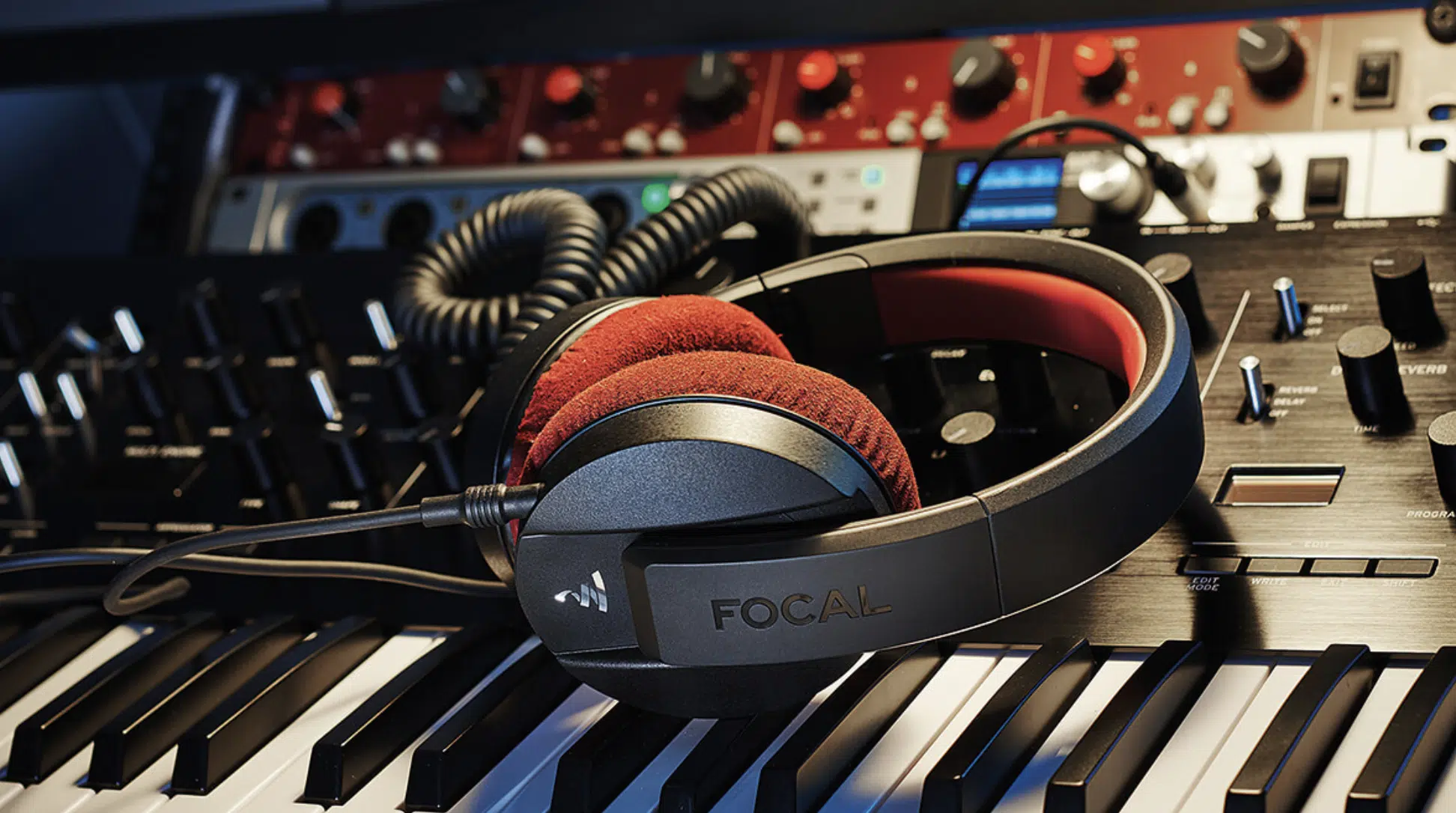
In the expansive world of music production, the importance of different types of headphones cannot be understated.
For many, they are an extension of one’s self, an invaluable tool, and a constant companion.
They can help:
- Transform sound waves into emotions
- Bring a producer’s vision to life
- Offer a unique perspective into the very soul of the music
In a world of digital sounds and synthetic beats, the value of clear, undistorted, and honest sound reproduction cannot be emphasized enough.
Headphones serve as the lens through which a producer perceives, interprets, and shapes these sounds.
A slight variation in sound reproduction can mean the difference between a hit track and a missed opportunity.
Imagine crafting a masterpiece, layer by layer, only to realize later that certain tones were misrepresented due to inferior headphones.
The repercussions could range from minor tweaks to starting over from scratch.
But beyond just clarity, different headphone types provide extremely varied perspectives.
Like viewing a sculpture from different angles, each headphone type offers a unique vantage point into the depths of a track.
This sonic perspective aids in achieving precision, balance, dynamics, and the desired emotional response from listeners.
Sound Quality: Why it’s the Heart of Every Production
The essence of music lies in its sound quality.
It bridges the producer’s emotions and the listener’s heart.
Now, let’s journey into sound quality, dissecting its layers and understanding its core elements.
-
Listening Experience: The True Test

Sound is subjective; what may sound excellent to one may seem mediocre to another.
However, in music production, objectivity is crucial.
You need headphones that provide a true representation of your work, uncolored and undistorted.
The right headphones give you a clear window into the intricacies of your tracks, like:
- Pinpointing imperfections
- Making accurate adjustments
- Understanding how different frequencies intertwine
The listening experience is more than just auditory 一 it’s about diving deep into the music, understanding its soul, and ensuring its purity.
The artistry of music production lies in its beautiful subtleties.
A gentle instrument fades, the faint breath of a vocalist, or the soft resonance of a bass can all make profound impacts.
But if your headphones can’t capture these nuances, you risk missing out on these delicate magic moments.
The true test of headphones in music production lies in their ability to present a clear, honest, and detailed soundstage.
Only then can you truly understand, appreciate, and enhance your music to its full potential.
-
Ambient Noise: The Unwanted Distraction
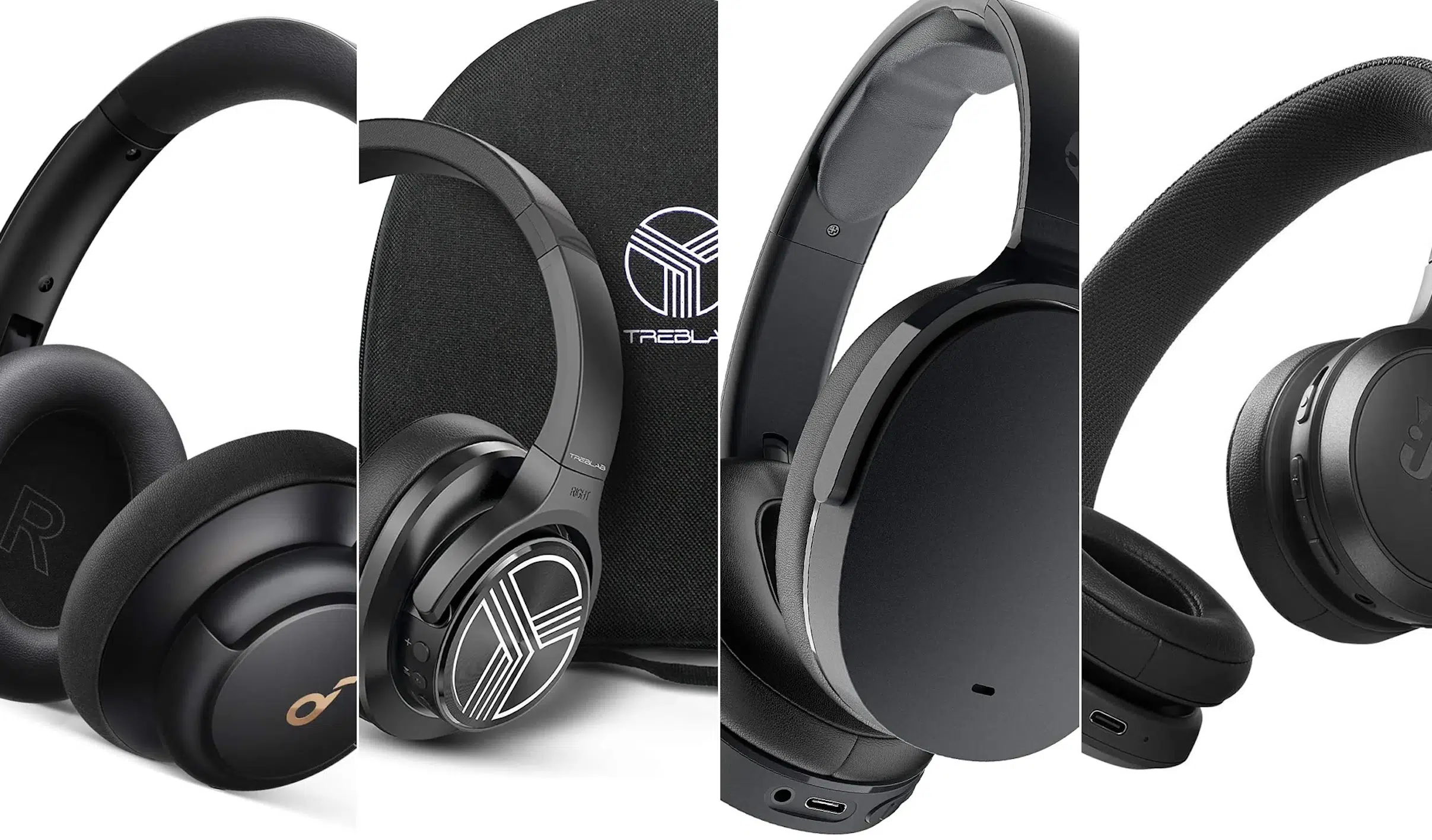
The world around us is a symphony of unique and exciting sounds.
While some may find inspiration in this orchestra of noises, for music producers, they can often be an unwelcome distraction.
Ambient noise interferes with:
- The clarity of sound and audio quality
- Masking nuances
- Musical perception
Music studios often invest heavily in soundproofing, which ensures that external noises don’t creep into recordings.
However, soundproofing isn’t always feasible for many of us modern-day producers who might work on the go or in makeshift home studios.
This is where headphones play a pivotal role in blocking unwanted sounds or background noise.
Not all headphones are created equal when managing ambient noise 一 some merely muffle the outside world, while others actively cancel it out.
Recognizing this difference and understanding its impact on production is crucial.
A track created in a noisy environment, without the aid of noise-isolating or noise-canceling headphones, runs the risk of unintended distortions.
You might compensate for noises you unconsciously hear, leading to imbalances in the final mix.
Therefore, investing in headphones that shield one from ambient noise is not just a luxury but a necessity.
-
Noise Isolation vs. Noise Cancellation: Understand the Difference
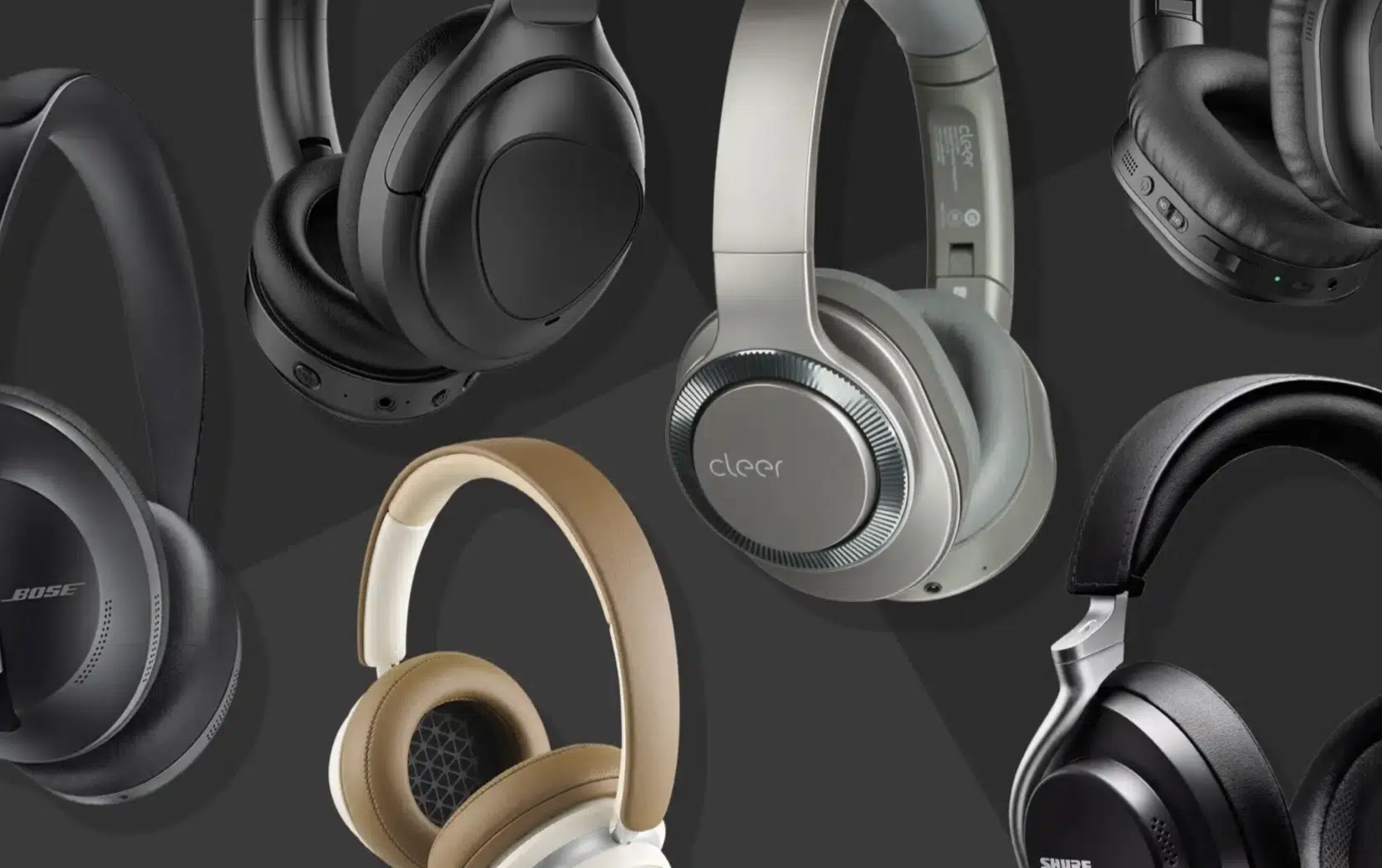
In the quest to achieve pure, undiluted sound, we often come across two terms:
- Noise isolation
- Noise cancellation
While they might seem synonymous, they operate on distinct principles and offer different benefits.
Noise isolation, as the name suggests, creates a physical barrier between your ears and the external environment.
Over-ear headphones, with their cushioned ear cups, naturally offer noise isolation. The seal they create around the ears prevents a significant amount of ambient noise from filtering through.
On-ear and in-ear headphones can also provide noise isolation, but the efficacy often depends on their fit and design.
Noise cancellation, on the other hand, is a technological marvel.
Headphones with active noise cancellation (ANC) capabilities have built-in microphones that pick up external sounds.
These noise-canceling headphones then produce sound waves that are the exact negative of the external noise, effectively canceling it out.
This process is especially effective against consistent, low-frequency sounds (like an air conditioner’s hum or an airplane engine’s drone).
While ANC headphones can be a godsend for many producers, they have their drawbacks.
The technology requires power, usually a battery, which can add to the headphones’ weight and maintenance.
Additionally, some purists argue that ANC can alter the sound quality 一 introducing artifacts or altering the sound signature.
The choice between noise isolation and noise cancellation boils down to personal preference, work environment, and the specific challenges a producer faces.
Both have their strengths, and understanding them is key to making an informed choice.
PRO TIP: While many headphones aim to block out external noise, ambient sound headphones are designed to allow a certain amount of external sound to blend with your audio.
Ambient sound headphones provide a more natural and safer listening experience, especially outdoors.
Comfort: Long Hours in the Studio
For producers, time in the studio (home or professional) can stretch long into the night.
These marathon sessions require equipment that doesn’t just deliver in terms of performance but also in comfort.
A pair of headphones may sound divine, but if they’re a burden to wear, they can quickly become a hindrance.
-
Over-Ear vs. On-Ear Headphones: Which Are More Comfortable?
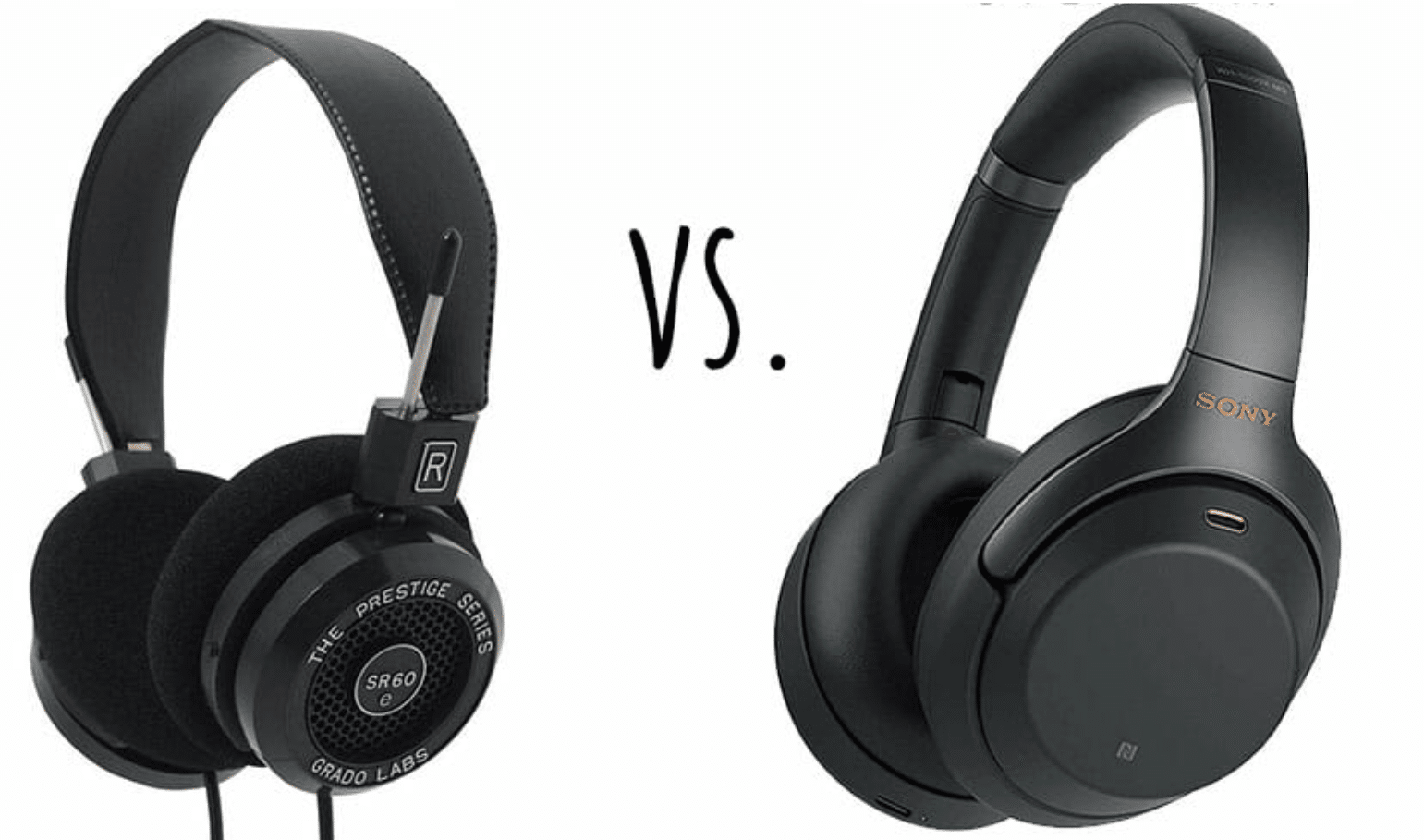
Headphones are an extension of your auditory senses, and comfort can dictate how long one can remain immersed in the creative process.
Over-Ear Headphones, often known for their larger size, encapsulate the whole ear.
This design typically provides a cushion against external pressures 一 distributing weight evenly and reducing direct contact with the ear.
For many, this design means extended comfort, especially during those long mixing sessions.
On-ear headphones, by contrast, sit directly on the ears.
While they offer a more compact form factor, they can exert pressure on the ear, which might lead to fatigue over extended periods.
However, advancements in cushioning materials and ergonomic designs have significantly improved the comfort levels of on-ear models in recent years.
Ultimately, the “comfort crown” between over-ear and on-ear headphones often comes down to individual preference.
NOTE: Factors like head shape, ear size, and personal sensitivity play a role in determining which design feels more comfortable.
-
Ear Cups: The Pillow for Your Ears
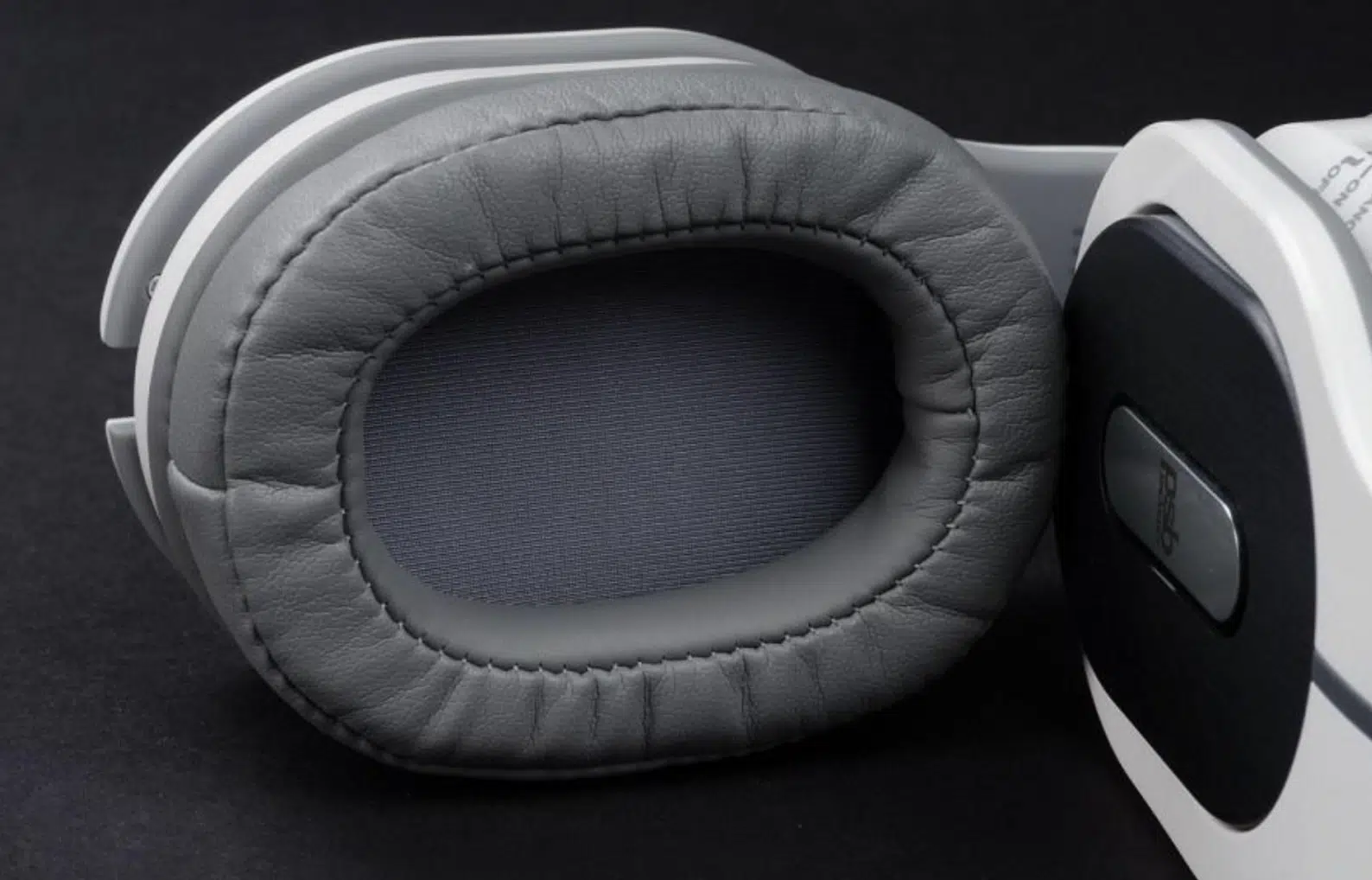
Ear cups are to headphones as mattresses are to beds.
They can significantly influence comfort and, by extension, how long one can wear headphones without feeling the strain.
Materials matter: memory foam ear cups mold to the shape of the ear; providing a snug fit and optimal noise isolation.
They are adept at distributing pressure evenly, minimizing hot spots that can lead to discomfort.
However, traditional foam ear cups, while not as adaptive as memory foam, are often lighter and cooler.
They might not offer the same luxurious fit but can still be incredibly comfortable for extended periods of mixing or mastering, especially in warmer environments where breathability is a concern.
Beyond the material, the covering of the ear cups also plays a pivotal role.
- Leather or leatherette 一 Provides a plush feel and excellent noise isolation but can cause sweating in hot conditions.
- Fabric or velour coverings 一 More breathable, which makes them ideal for extended sessions.
Keep in mind while they’re more breathable, they might offer slightly less sound isolation.
NOTE: “Sweaty ears” is a term familiar to music producers, artists, DJs, and audiophiles everywhere.
Extended sessions with headphones can lead to a buildup of heat, causing discomfort and a break in concentration.
Materials play a significant role here…
While leather ear cups most certainly offer great sound isolation, they can also trap heat.
Mesh or fabric materials, however, allow for better air circulation. Remember to take frequent breaks to help avoid this as well.
Connectivity
In a world that’s rapidly moving towards wireless technology, the debate between wired and wireless headphones is more relevant than ever.
Beyond just convenience, connectivity impacts sound quality, latency, and the overall production experience.
-
Wireless Bluetooth Headphones: Are They Reliable?
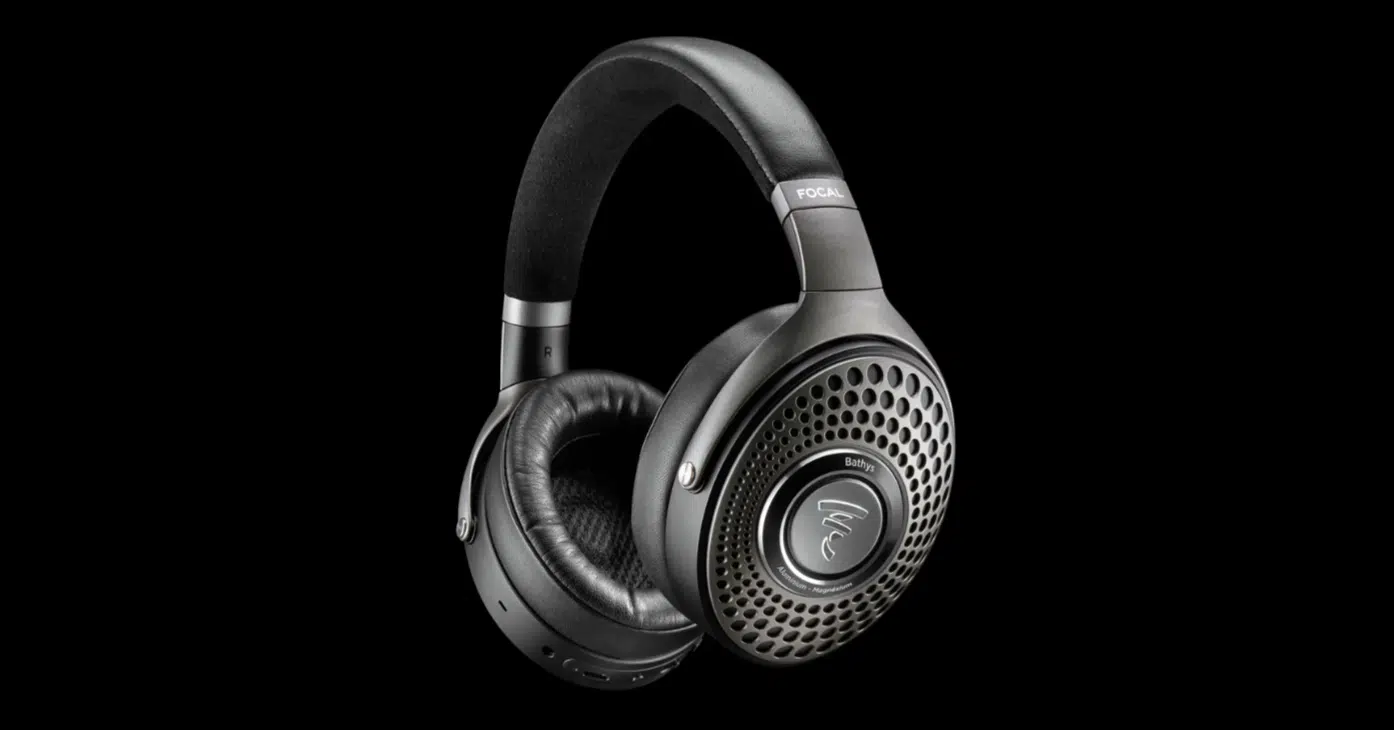
The allure of a wire-free studio experience is undeniable.
Wireless Bluetooth headphones offer the freedom to move around without being tethered.
This makes them especially handy for multi-instrumentalists or producers who prefer a more dynamic workspace.
Advances in Bluetooth technology (like aptX and LDAC) have significantly improved sound quality ─ offering near CD-like audio over wireless connections.
However, reliability can still be a concern.
Wireless headphones are susceptible to interference and, while rare, connection drops can occur.
Additionally, latency, the delay between audio being sent and being heard, can be higher in Bluetooth headphones than wired ones.
For real-time monitoring or recording, even a slight latency can be problematic.
-
Wired Headphones: The Classic Choice
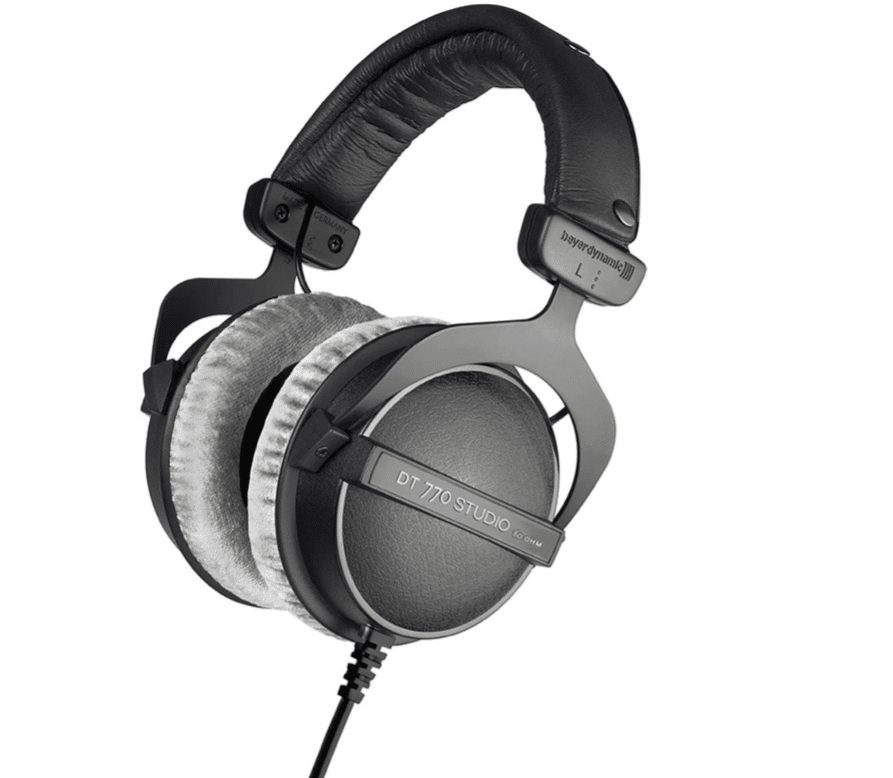
For many producers, wired headphones remain the gold standard.
Wired headphones typically offer:
- A consistent flow
- Stable connection
- Negligible latency
When it comes to wired headphones, sound quality tends to be superior, especially when paired with high-quality DACs and amplifiers.
The physical connection of wired headphones ensures that there’s no data loss ─ preserving the integrity of the audio signal.
But it’s not just about performance…
Wired headphones are often simpler, with no batteries to charge or connection issues to troubleshoot.
For many, this simplicity translates to reliability and ensures they can focus entirely on the music, which is always the goal.
-
The Fading Headphone Jack: Are You Ready to Let Go?
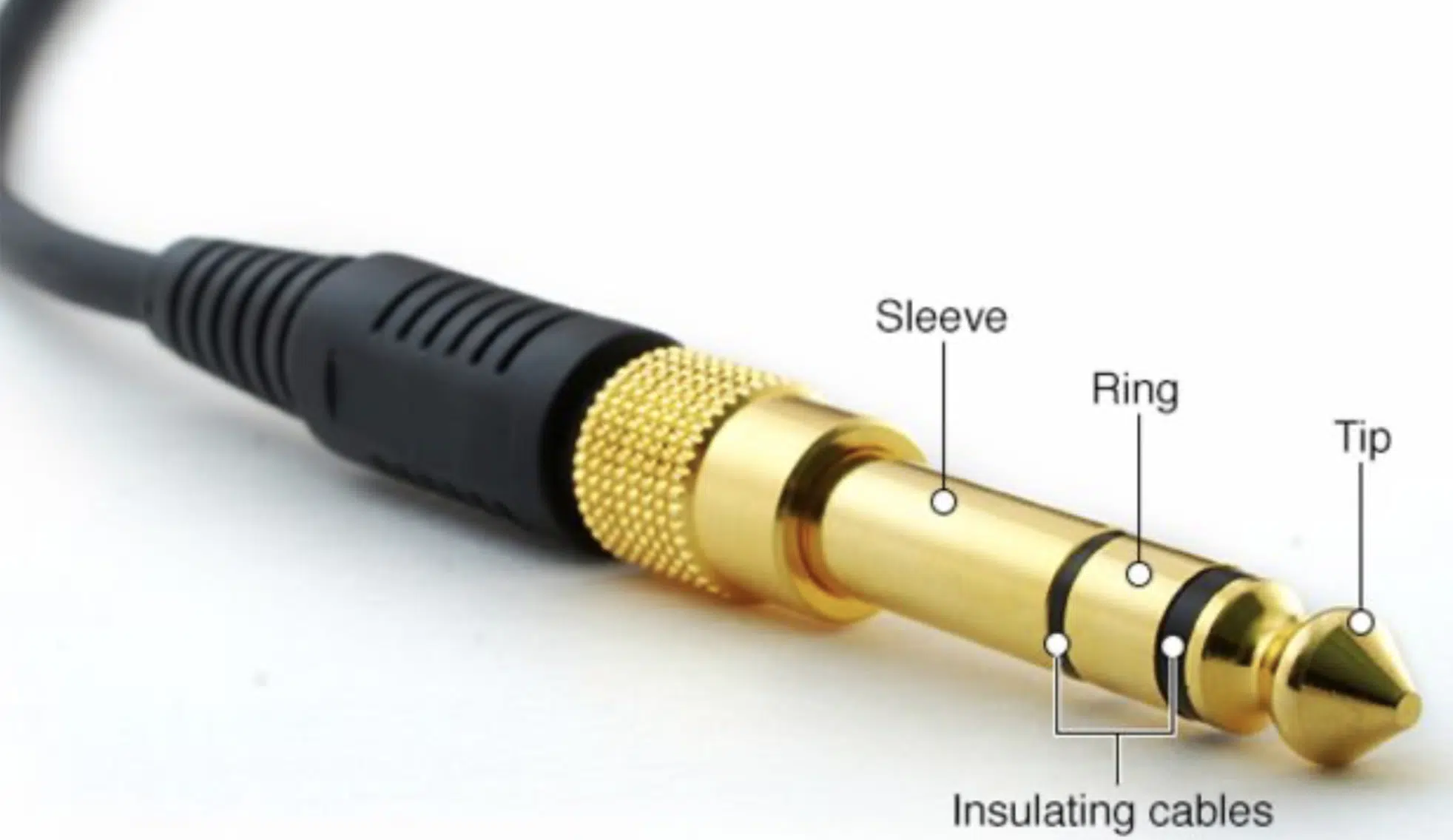
A point of contention in recent years has been the gradual phasing out of the 3.5mm headphone jack in many devices.
This move has pushed many towards wireless options or dongles and adapters.
For some producers, this shift is a minor inconvenience, while for others, it’s a significant hurdle.
- High-quality DACs and amplifiers: Essential for driving professional-grade headphones (traditional connections).
- Adapters: Can introduce another potential point of failure or signal degradation.
While the industry is adapting, with more high-quality USB-C and Lightning DACs emerging, the transition phase has its challenges.
However, this shift also represents technological evolution.
As wireless technology and digital connections continue to improve, the traditional headphone jack might become a relic of the past.
For now, you need to weigh the pros & cons and decide if you’re ready to embrace the future or accept the tried-and-true.
Longevity Considerations
Every investment into studio equipment is one into the future of musical creation.
And when it comes to headphones, durability and longevity are paramount.
No producer wants to be in the middle of an intense mixing session only to have their headphones give out.
-
Battery Life
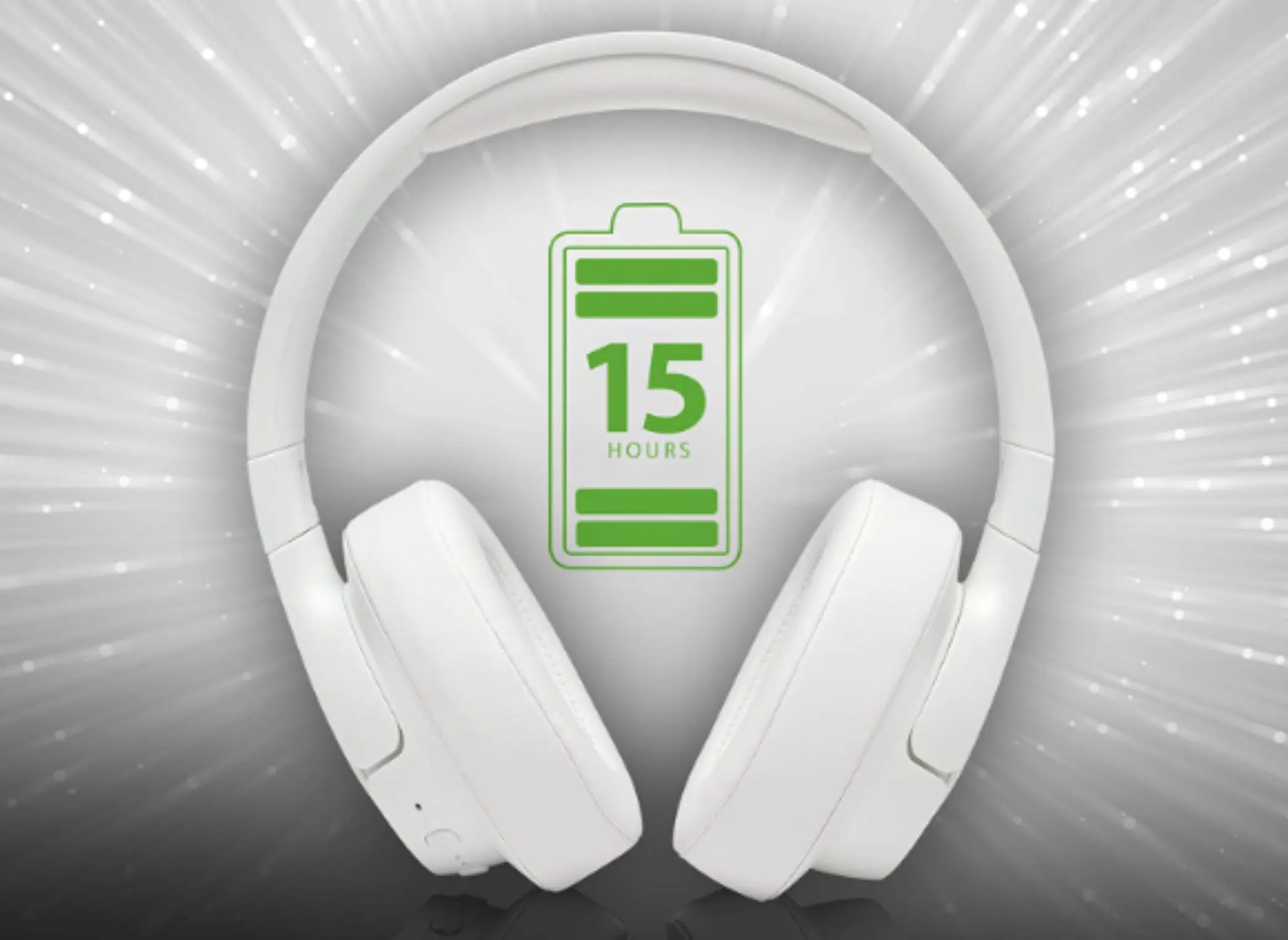
Regarding wireless headphones, battery life dictates how long you can be lost in enchanting melodies, epic drums, addicting chord progressions, legendary samples, and all other sounds before recharging.
Modern wireless headphones have made significant strides, with many offering 20 hours or more on a single charge.
Features like quick charge (where a few minutes of charging can provide hours of playback) have also become commonplace.
However, it’s essential to consider that battery performance can degrade over time.
After several years of use, you might not get the same longevity from a full charge as when the headphones were new.
Thankfully, some headphones offer replaceable batteries ─ ensuring they remain functional long after the original battery has lived its life.
-
Memory Foam vs. Classic Ear Cup Foams
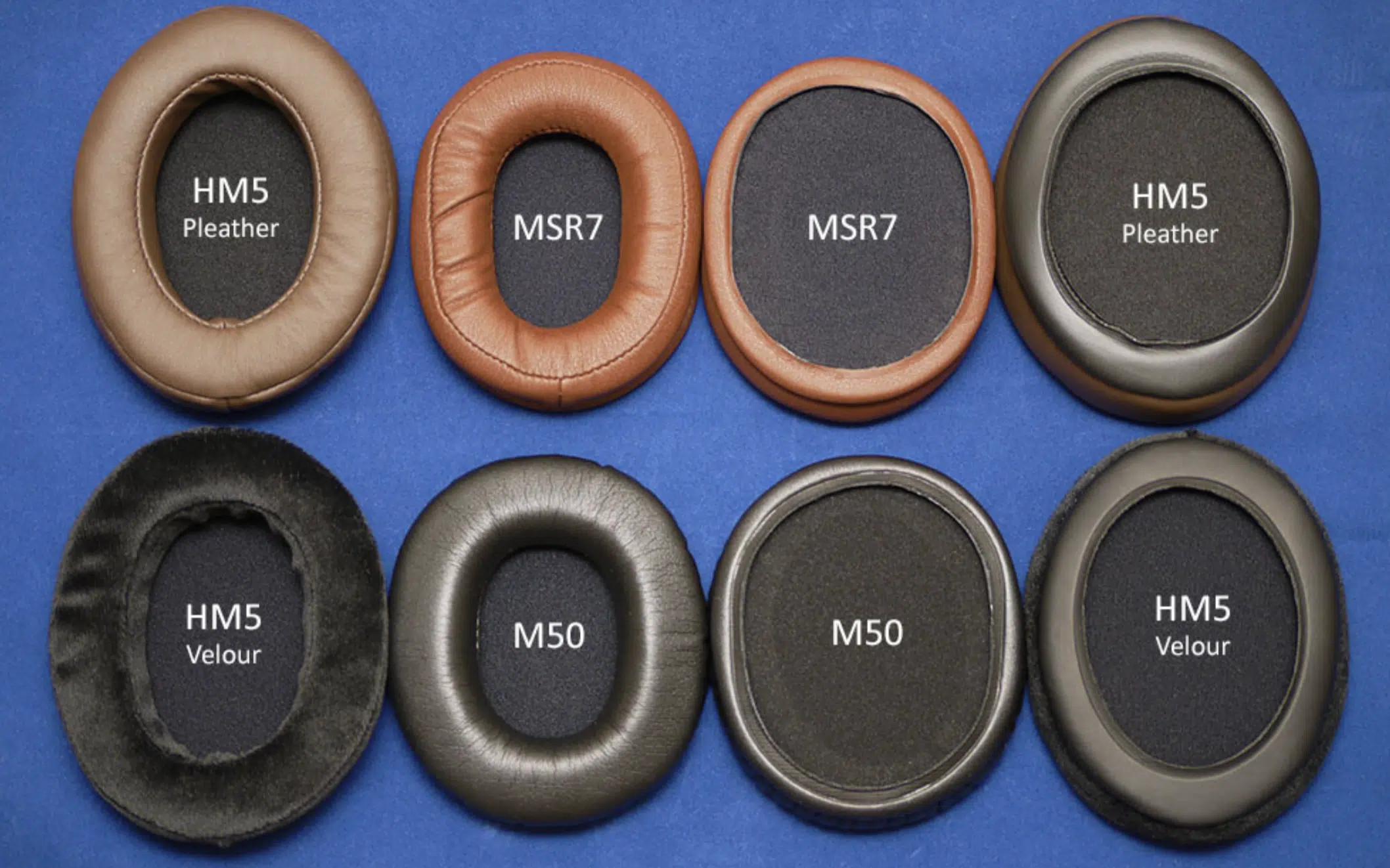
Ear cup foams are not just about comfort; they play a role in the headphone’s lifespan.
Memory foam, renowned for its adaptive cushioning, tends to degrade slower than traditional foam.
Therefore, it retains its shape and comfort properties over extended use.
Classic foam, while durable in its own right, may show signs of wear after intense, prolonged use.
It might flatten out ─ reducing the cushioning effect.
However, many headphone models allow for ear cup replacement, which makes it easy to refresh the feel and extend the product’s life.
9 Different Types of Headphones for Music Producers
Choosing the right types of headphones for the job is a principle that holds weight, especially in music production.
Each type of headphone brings something unique to the table, catering to different needs and preferences.
#1. Over-Ear Headphones
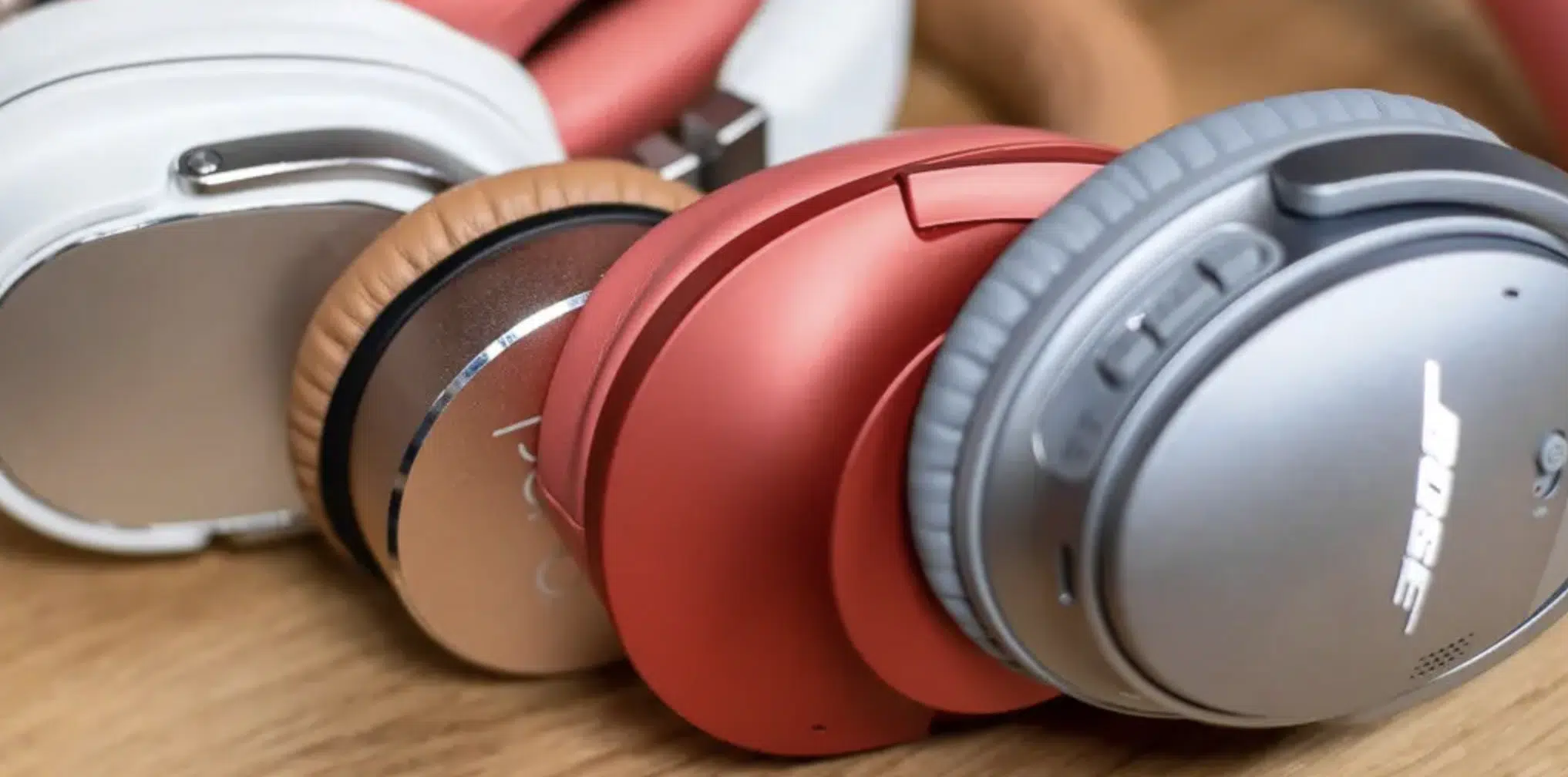
Over-ear headphones, often called “circumaural” headphones, completely envelop the user’s ears.
This design contributes to two significant advantages:
- Noise isolation
- Great sound quality
When your ears are entirely encased, there’s less room for external noises to intrude upon your listening experience.
Over-ear headphones house larger drivers, typically meaning they can deliver a broader frequency range.
This is especially true for those deep bass sounds that other headphone types might struggle with.
The spacious nature of Over-ear headphones usually lends itself to a more expansive soundstage ─ allowing users to pick out individual instruments more easily.
However, while Over-ear headphones offer superior sound quality, they can be bulkier than their on-ear or in-ear counterparts.
This makes them:
- Less suited for on-the-go listening.
- Ideal for studio environments where portability is less of a concern.
A potential downside to consider when dealing with Over-ear headphones is heat.
Due to their size and their coverage, they can make your ears warmer over extended listening sessions.
It’s a factor that could impact comfort during those long mixing or recording sessions.
Yet, despite the potential drawbacks, Over-ear headphones remain a favorite among producers and sound designers.
Their unparalleled sound quality, combined with the isolation they provide, makes them an essential tool for any serious music producer.
Pros of Over-Ear Headphones:
- Better Sound Quality: Due to their larger size, over-ear headphones often pack larger drivers, resulting in richer, more detailed, natural-sounding audio quality.
- Noise Isolation: The full-sized ear cups naturally block out external noise, offering a more immersive sound experience.
- Comfort: Many people find over-ears to be comfortable for prolonged usage.
Cons of Over-Ear Headphones:
- Size and Portability: They are bulkier than other types of headphones, making them less portable.
- Heat: Since they cover the entire ear, they can cause warmth or sweating after extended use.
- Price: Quality over-ear headphones are pricier than their on-ear or in-ear counterparts.
#2. On-Ear Headphones
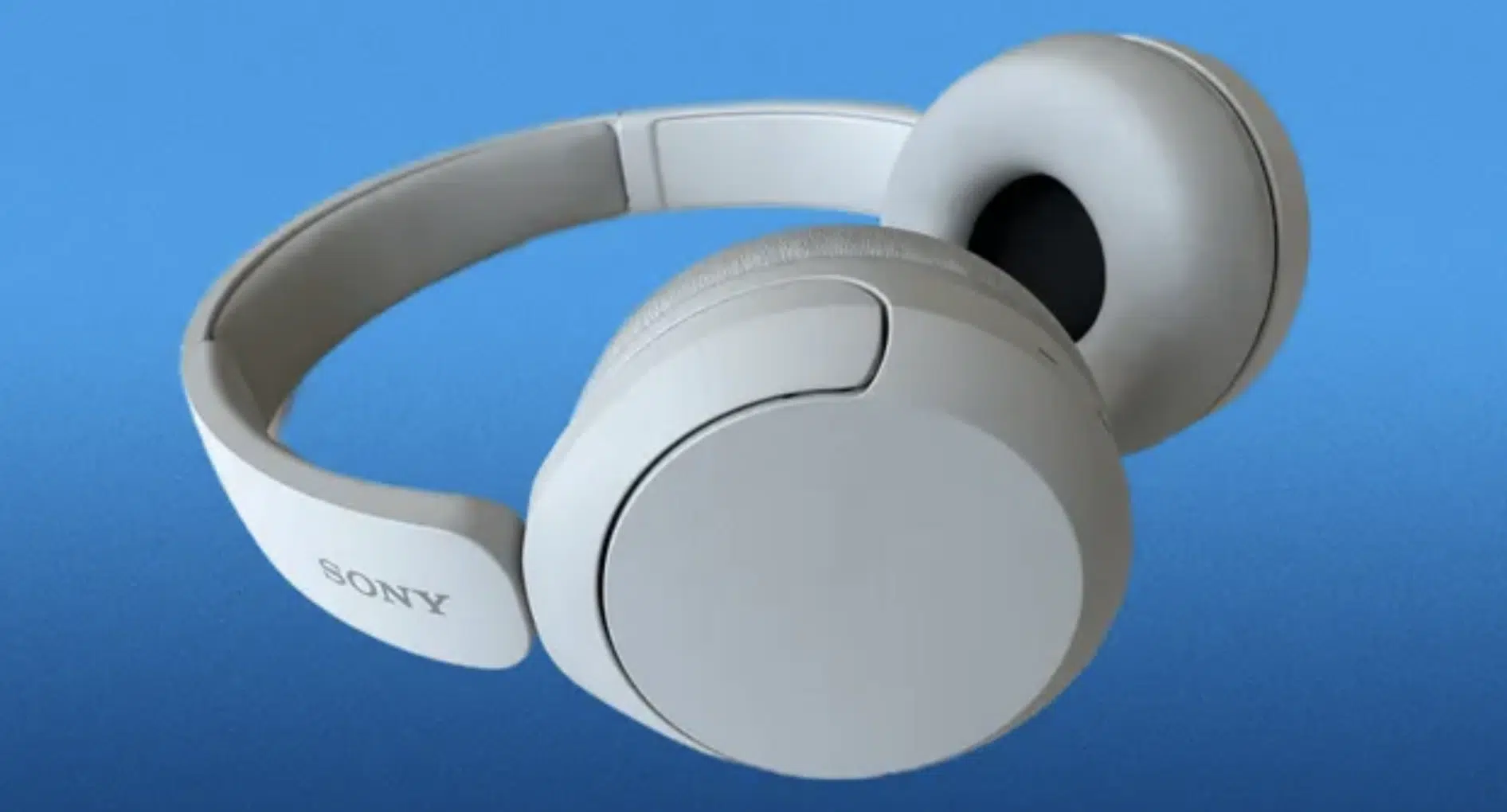
On-ear headphones, or “supra-aural” headphones, sit directly on the ear without entirely covering it.
Their more compact design means On-ear headphones are generally more lightweight and portable than over-ear models.
In terms of sound quality, On-ear headphones can provide a rich and clear sound.
However, due to their smaller size, On-ear headphones may not always deliver the same bass depth as over-ears.
Still, modern On-ear headphones have made leaps and bounds in providing robust audio experiences.
A major benefit of On-ear headphones is their portability.
They’re easier to pack away and take on the go ─ making them a good choice for producers who travel often or don’t want to be confined to the studio.
NOTE: Regarding isolation, On-ear headphones generally don’t perform as well as over-ears.
They don’t seal around the ear so that external noises can creep in more easily, and they might leak more sound to the outside world.
Comfort can also be hit or miss with On-ear headphones.
While their lighter weight can be easier on the head and neck, the pressure they exert directly on the ears might become uncomfortable during extended sessions when you’re arranging and adding audio effects.
Pros of On-Ear Headphones:
- Portability: They are typically more compact than over-ear headphones, making them easier to transport.
- Less Heat: Given their smaller ear cup size, they might cause less ear heat compared to over-ears.
- Balanced Sound: Many on-ear models provide a balanced sound and audio quality suitable for various music genres.
Cons of On-Ear Headphones:
- Comfort Issues: Pressing directly against the ears might cause discomfort after prolonged use.
- Noise Isolation: They generally offer less noise isolation than over-ear headphones and other types of headphones.
- Sound Leakage: They might leak more sound (so minimal sound leakage isn’t one of its strong points compared to other types of headphones).
#3. In-Ear Headphones & In-Ear Monitors
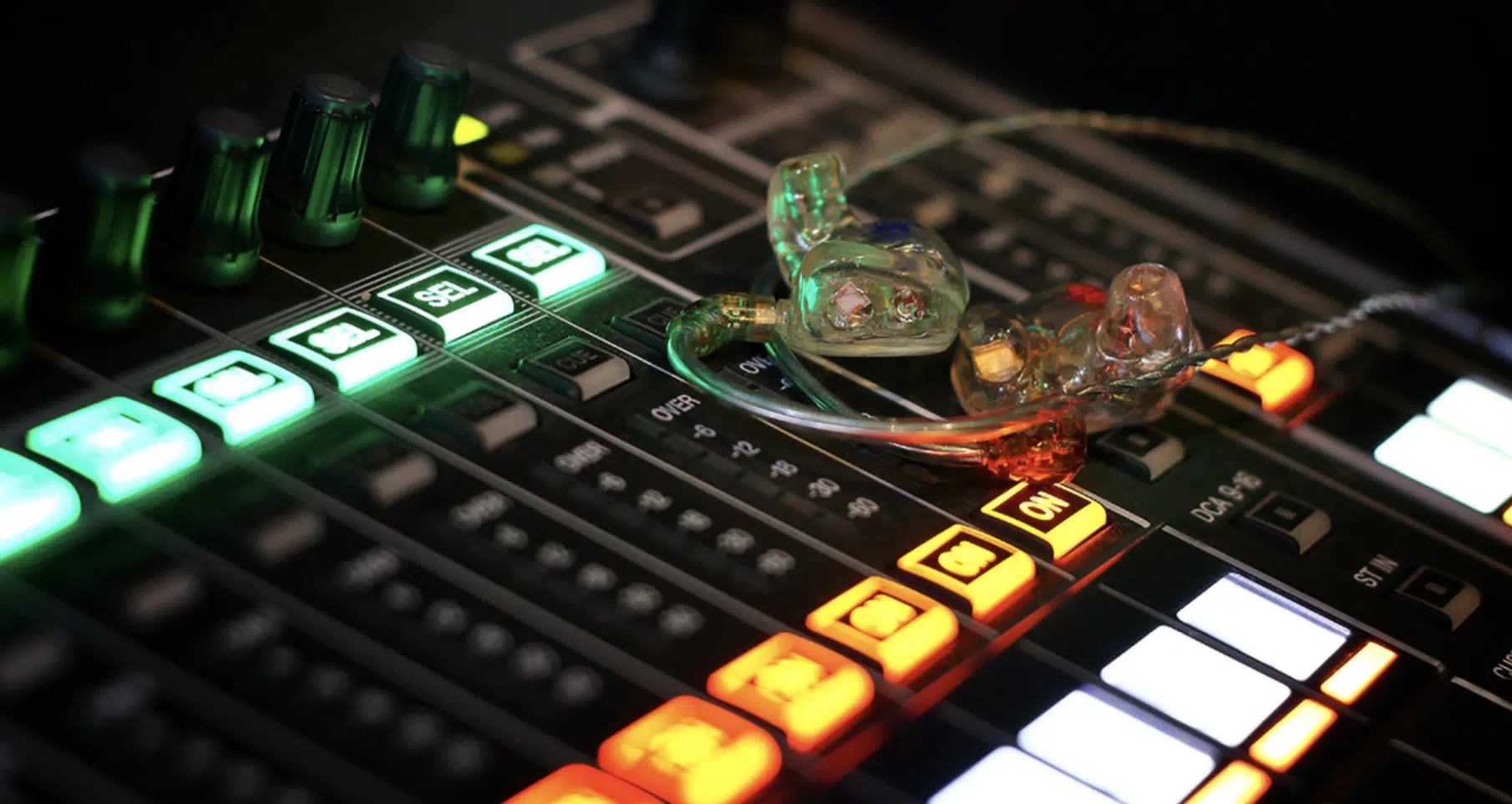
In-ear headphones, often known as classic earbuds or In-Ear Monitors (IEMs), are the most portable of the bunch.
They’re lightweight, easy to carry, and offer a discreet listening experience.
Reliable sound quality can vary widely among in-ear models.
- Basic earbuds ─ Might lack bass and soundstage.
- High-end In-Ear Monitors ─ Can rival the quality of Over-Ear headphones.
They can provide a deeply immersive experience, given their proximity to the eardrum.
In-Ear Monitors, in particular, are designed to offer a snug fit within the ear canal.
This ensures they remain secure during activities like live performances, making them a favorite for stage artists.
In terms of noise isolation, In-ear monitors truly excel.
The seal they create within the ear effectively blocks out external noises.
NOTE: For those who want to remain aware of their surroundings, this level of isolation might not be ideal.
One potential concern with in-ears is hygiene.
Given their design, they can accumulate earwax over time, which means regular cleaning is essential to maintain optimal performance and ensure longevity.
Pros of In-Ear Headphones and In-Ear Monitors:
- Ultra-Portable: Their small size makes them perfect for on-the-go listening.
- Noise Isolation: Many in-ear models offer excellent passive noise isolation due to their seal in the ear canal.
- Accurate Sound Reproduction: In-ear monitors provide accurate sound for professionals.
Cons of In-Ear Headphones and In-Ear Monitors:
- Comfort Concerns: Some people might find the sensation of an earbud inside the ear canal uncomfortable.
- Durability: They can be more prone to wear and tear, especially if not stored in a protective case.
- Potential for Hearing Damage: Due to their proximity to the eardrum, hearing damage is risky if played at very high volumes.
#4. Wireless Headphones & True Wireless Earbuds
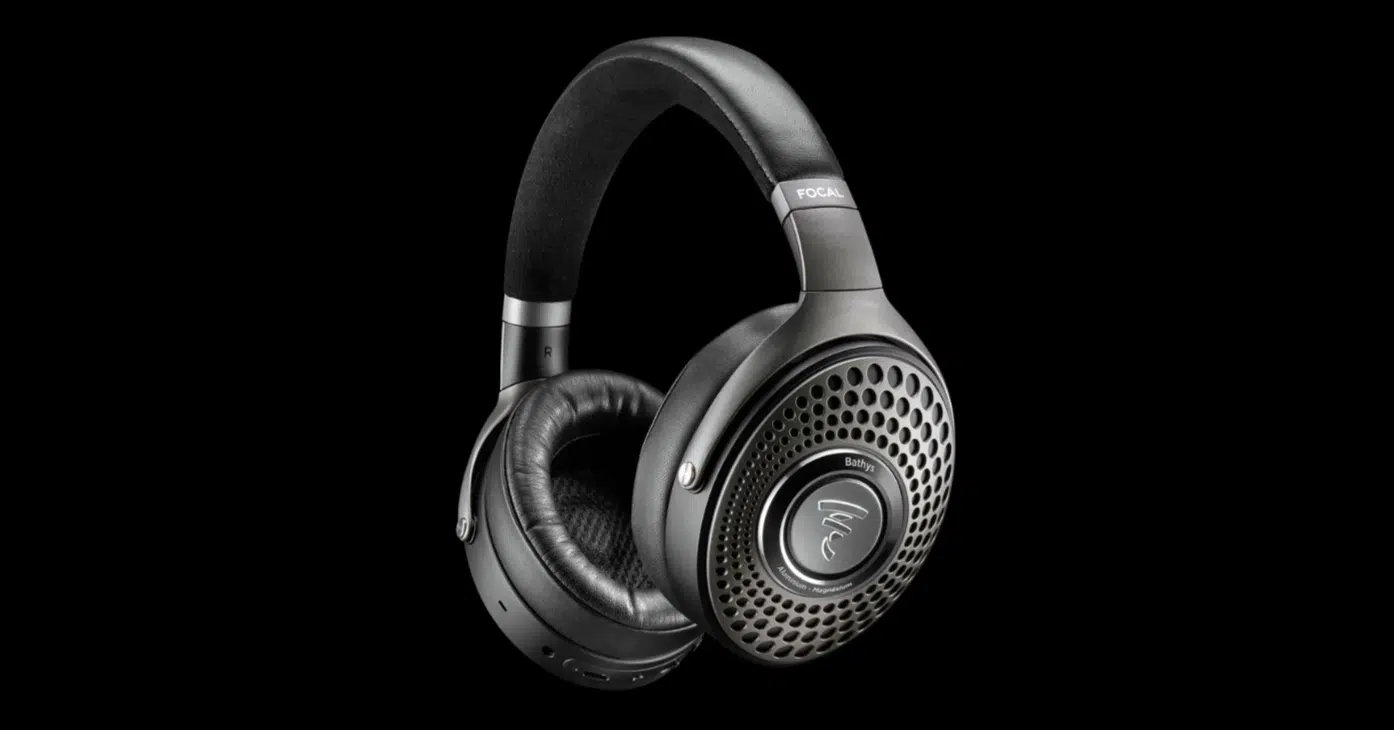
The rise of wireless technology has seen an increasing shift towards wireless headphones and true wireless earbuds.
These devices offer the obvious advantage of freedom from wires, making them highly convenient for various activities, like analyzing a reference track or playing around on your step sequencer.
The sound quality in wireless headphones has improved dramatically over the years.
- Early wireless models ─ Often suffered from audio compression issues.
- Modern iterations ─ Deliver sound often indistinguishable from wired options.
Battery life is a crucial consideration for wireless devices like wireless headphones and true wireless earbuds.
While some high-end models offer 20+ hours of continuous playback, most wireless headphones might only last 5-6 hours.
The inclusion of charging cases (especially for true wireless earbuds) can extend this listening time significantly.
A potential downside when dealing with wired earbuds is latency.
While it’s not an issue for general listening, you need to be aware of the slight delay that can occur between the source and the wireless earbuds headphones.
This can be crucial when precision is required, such as during live recordings.
While wireless headphones and true wireless earbuds offer unparalleled convenience, they might not always be the best choice due to potential latency issues.
However, technological advancements continue to bridge this gap, so we’ll stay tuned and see where life takes these true wireless earbuds (and wired earbuds in general).
Pros of Wireless Headphones & Wireless Earbuds:
- Convenience: Without wires, they offer freedom of movement and eliminate headphone cable tangling issues.
- Modern Tech Features: Many premium headphones like these often have features like touch controls, voice assistants, and sensors for play/pause when removed.
- Style and Minimalism: This is especially true for earbuds, as they offer a sleek and modern look.
Cons of Wireless Headphones & Wireless Earbuds:
- Battery Dependency: They require regular charging.
- Potential Audio Lag: There might be a slight delay in audio, especially noticeable when watching videos or gaming.
- Sound Quality: While improving, some wireless models might not match the sound quality of their wired counterparts or block outside noise (background noise) well.
#5. Noise-Canceling Headphones
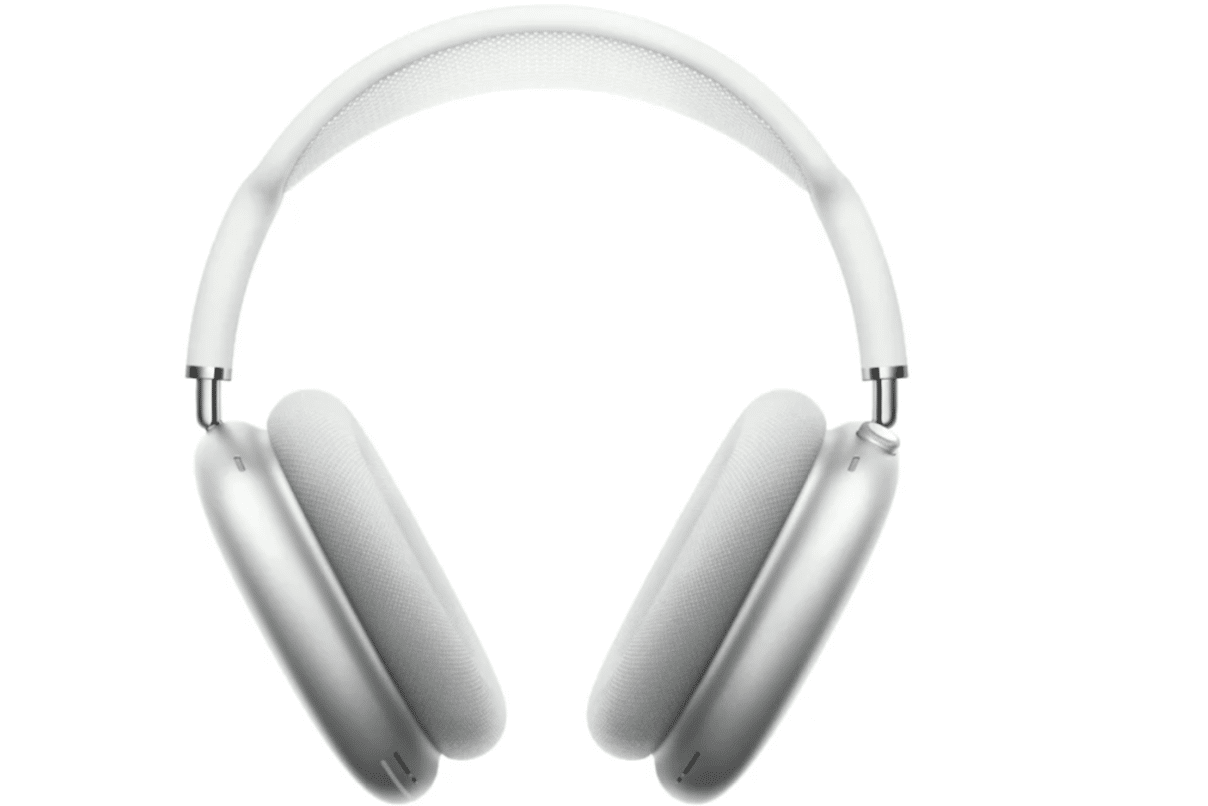
Noise-canceling headphones are ideal for those who wish to shut out the world and immerse themselves fully in their music and music production journey.
They employ active noise-cancelling (ANC) technology to counteract external noises, providing a quieter listening environment.
This technology works by using microphones to pick up external sounds.
These noise-canceling headphones then produce a sound wave with the opposite phase to cancel these noises.
The result is a significant reduction in ambient sounds like the hum of an airplane or chatter in a cafe.
It’s important to distinguish between noise isolation and noise cancellation.
- Noise isolation ─ A passive effect achieved by the headphone’s design (like over-ears encasing the ear).
- Noise cancellation ─ Is an active process that requires power.
Sound quality in noise-cancelling headphones can vary.
The addition of ANC technology doesn’t guarantee superior audio, and in some early models, it even adversely affected sound quality.
However, current high-end models have provided excellent sound quality while effectively reducing external noise.
One consideration for potential buyers is battery life.
Since the noise-canceling feature requires power, these headphones will need recharging, even if they’re wired.
It’s an essential factor for those who travel or forget to charge their devices regularly.
Pros of Noise-Canceling Headphones:
- Reduced Ambient Noise: They actively cancel out external sounds, making them perfect for travel or noisy environments.
- Enhanced Listening Experience: The music can be enjoyed at lower volumes, which might be safer for hearing.
- Focus Boost: They can enhance productivity and focus by cutting out distractions.
Cons of Noise-Canceling Headphones:
- Battery Dependency: Active noise-cancelling tech requires power, so regular charging is essential.
- Price: Quality noise-cancelling headphones can be expensive.
- Potential Pressure Sensation: Some users report a sensation of pressure when the noise-cancelling feature is active.
#6. Bone Conduction Headphones
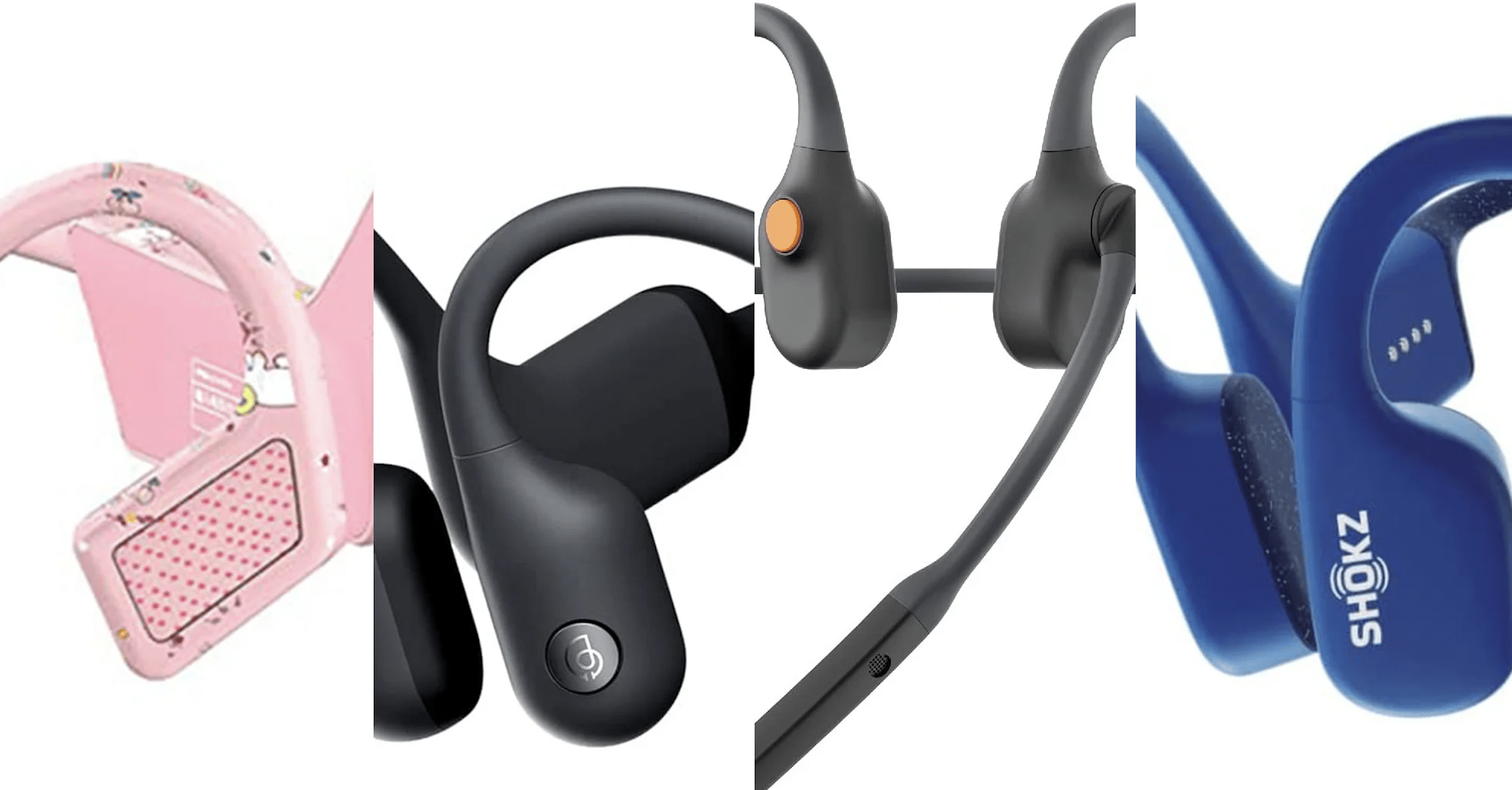
Bone conduction headphones offer a unique listening experience.
Instead of transmitting sound through the air into the eardrums, these headphones send vibrations through the bones of the skull, directly stimulating the cochlea in the inner ear.
Bone Conduction technology allows users to hear and analyze audio without blocking the ear canal.
Regarding sound quality, bone conduction headphones often don’t match up to more traditional types of headphones.
The bass response, in particular, is often found lacking.
However, improvements are continuously being made, and some high-end models offer a surprisingly robust sound.
Comfort can be a concern for some users.
The headphones must press against the head to transmit the vibrations effectively, which can be uncomfortable for some, especially during prolonged use.
Overall, while bone conduction headphones might not be the first choice for studio-quality sound, they offer a unique solution for audio engineers who need to remain aware of their environment.
Or, have particular hearing issues, respectively.
Pros of Bone Conduction Headphones:
- Situational Awareness: They leave the ears open, allowing listeners to be aware of their surroundings.
- Comfort: They avoid issues related to ear canal comfort (outer ear and inner ear).
- Safety: This headphones excel in activities like running or cycling outdoors where it’s important to hear ambient sounds.
Cons of Bone Conduction Headphones:
- Sound Quality: Generally, they don’t match the high quality sound of traditional types of headphones.
- Noise Leakage: They can leak more sound at higher volumes.
- Vibration: Some users find the vibration against the skull to be an unusual sensation.
#7. Open Back Headphones vs. Closed Back Headphones
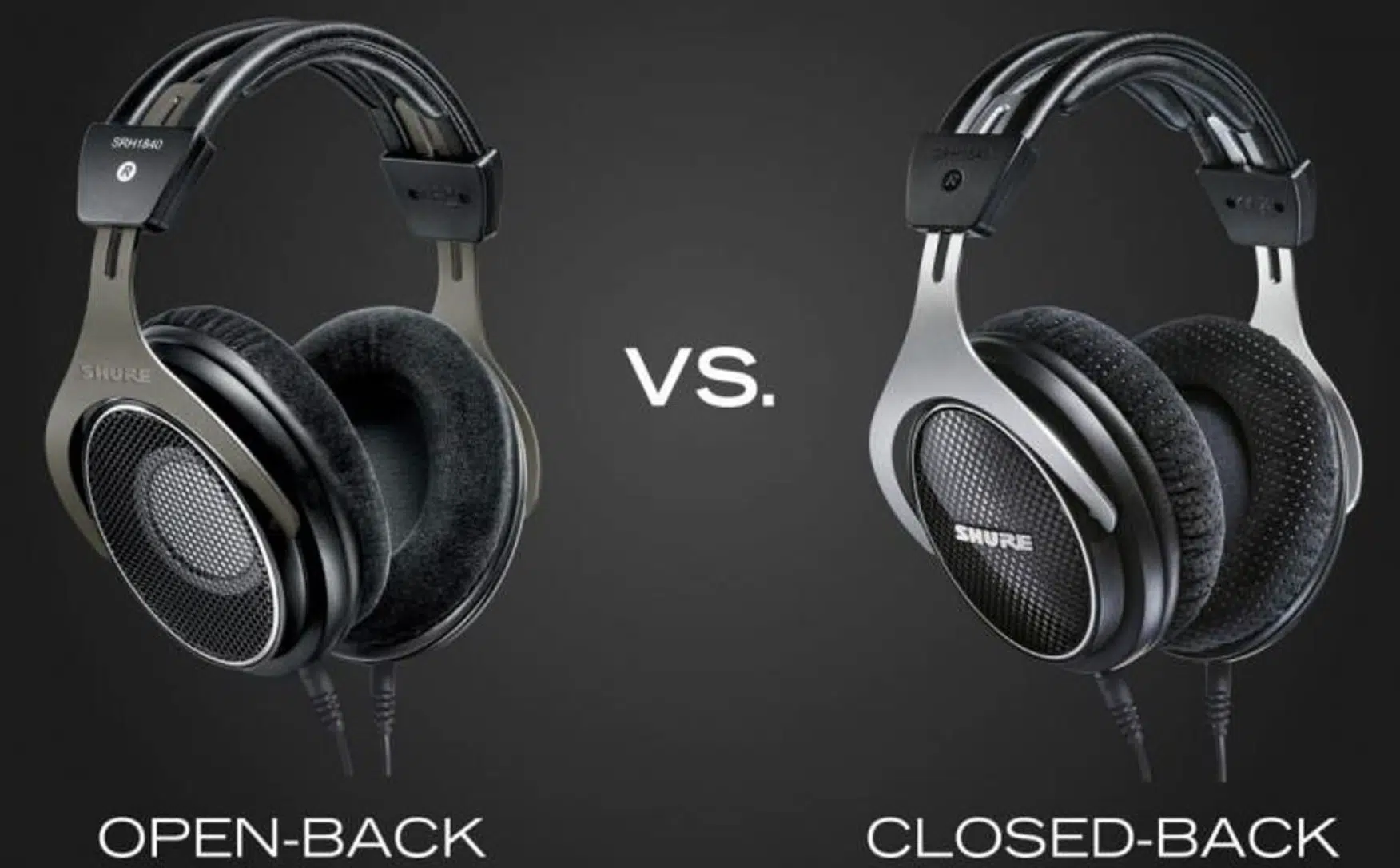
Open-back headphones and closed-back headphones represent two of the most popular (and fundamental) types of headphones in music production.
At its core, the distinction is straightforward:
- Open-back headphones ─ Have a perforated or mesh-covered ear cup that doesn’t entirely seal in sound.
- Closed-back headphones ─ Have a solid ear cup that doesn’t allow sound to pass in/out.
As a music producer, it’s crucial that you know the difference between these two powerhouses.
Open-back headphones are often hailed for their natural and spacious soundstage.
Since they allow air and sound to pass through the ear cups, music sounds more expansive and less like it’s coming from inside your head.
This quality makes Open-back headphones highly sought after for critical listening sessions, where a sense of space and detail is desired.
However, the open design means these headphones leak sound.
They’re not suitable for environments where ambient noise is a concern or where you don’t want others to hear what you’re listening to, such as in public transport or an office setting.
Closed-back headphones, on the other hand, are fantastic isolators.
Their solid ear cups prevent sound leakage, making them ideal for environments where you don’t want to disturb others or be disturbed by external noises.
They tend to have a more direct and “in your head” sound compared to open-backs.
But it’s worth noting that closed-back designs might sometimes lead to a build-up of certain frequencies, making them sound more ‘boomy’ or less natural.
Yet, for studio recording, especially vocal tracks, they’re often preferred because they prevent sound from leaking into the microphone.
Choosing between open-back and closed-back headphones boils down to one’s specific needs or even which genre you produce (e.g., pop, lofi, trap, hip-hop, R&B, etc.).
For pure, unadulterated listening in a quiet setting, open-backs are usually preferred.
For versatile, everyday use, especially in noisy environments or recording situations, closed-backs often take the lead.
Pros of Open Back Headphones:
- Natural Soundstage: Sound feels more expansive and spacious than other types of headphones.
- Cooler Ears: The open design can help in reducing ear warmth.
- Sound Precision: They’re often preferred for critical listening due to the clarity they provide.
Cons of Open Back Headphones:
- Sound Leakage: Not suitable for public places as they can disturb others.
- Less Bass: Typically, they might have a less pronounced bass compared to closed-back.
- External Noise: Ambient sounds can interfere with the listening experience.
Pros of Closed Back Headphones:
- Noise Isolation: They’re excellent at blocking external sounds, unlike other types of headphones.
- Bass Depth: Often have a deeper bass response.
- Versatility: Suitable for a variety of environments, including recording studios and public places.
Cons of Closed Back Headphones:
- Soundstage: Sound might feel more “in the head.”
- Ear Warmth: Can lead to sweaty ears after prolonged usage.
- Weight: Tend to be heavier than open-back models.
#8. Open Ear Headphones
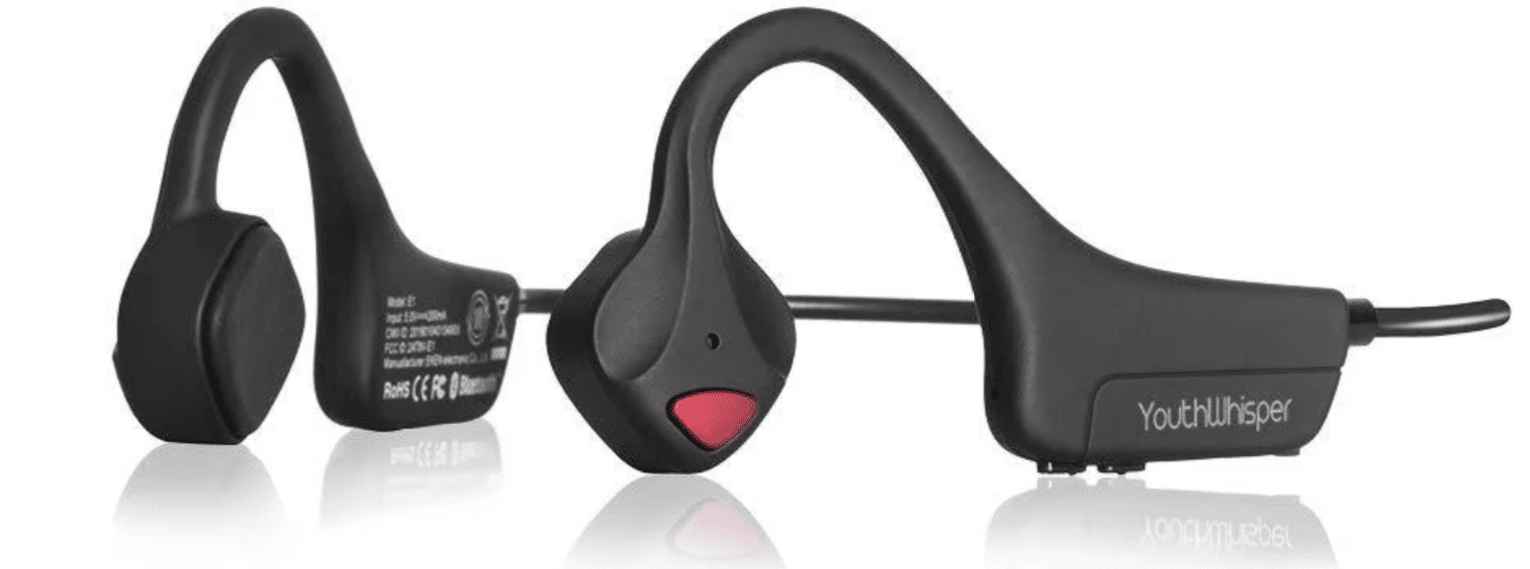
When we discuss the world of headphones, the conversation typically revolves around over-ear, on-ear, or in-ear designs.
However, there’s a unique category that’s been catching attention amongst mixing engineers, mastering engineers, and recording engineers: open ear headphones.
Unlike traditional types of headphones that sit over, on, or in the ear canal, open ear headphones adopt a different approach.
They sit outside the ear canal and use innovative mechanisms (such as bone conduction) to deliver sound.
The principle behind open ear headphones, especially those that use bone conduction technology, is fascinating…
Instead of transmitting sound through the air into the eardrum, these headphones rely on vibrations.
They transmit harmless sound waves through the cheekbones (or other bones) directly to the inner ear.
This bypasses the outer and middle ear altogether ─ making it a potentially ideal solution for those with certain types of hearing loss.
Another variant of open ear headphones simply sits outside the ear but does not rely on bone conduction.
Instead, these allow sound to flow in a way that the listener can hear the audio while also being acutely aware of ambient sounds.
This design is especially preferred by those who value situational awareness, like outdoor runners or cyclists.
While the technology might seem recent, the concept of bone conduction has been around for centuries.
Even Beethoven, the legendary composer who suffered from hearing loss, used a form of bone conduction to listen to his compositions by biting onto a metal rod attached to his piano.
Pros of Open Ear Headphones:
- Ambient Awareness: They allow users to remain acutely aware of their surroundings.
- No Ear Canal Pressure: These headphones avoid putting any pressure on the ear canals.
- Potential Solution for Hearing Impairments: Bone conduction headphones can be ideal for individuals with specific types of hearing loss.
Cons of Open Ear Headphones:
- Sound Quality: The not-so-good sound quality can sometimes be inferior compared to traditional types of headphones, especially in terms of bass response.
- Battery Life: If using a bone conduction type, they often have a shorter battery life.
- Price: Being a niche product, open ear headphones can sometimes be more expensive than other types of headphones.
#9. Air Tube Headphones
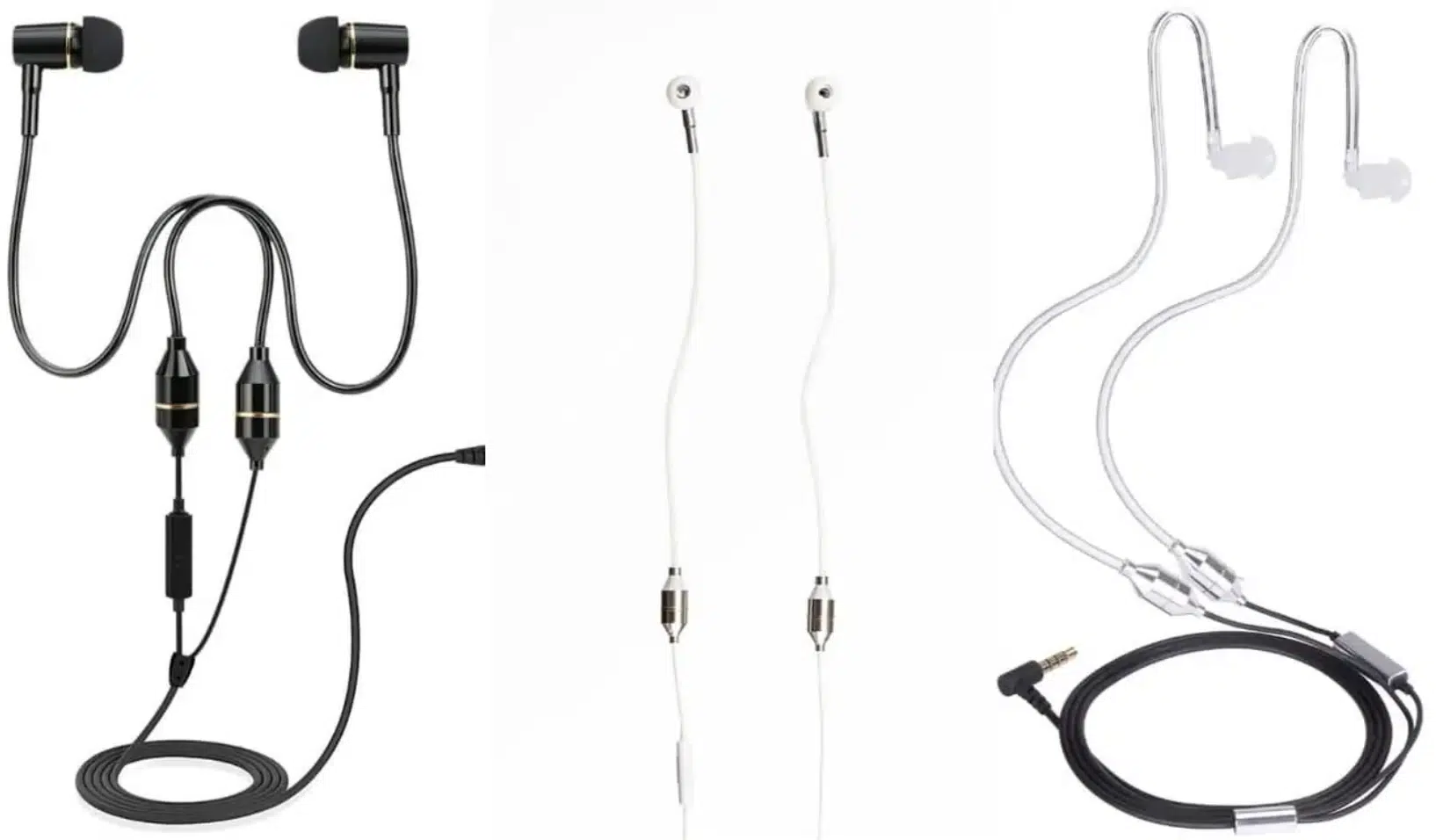
Air tube headphones, often associated with anti-radiation products, provide a unique design solution.
Instead of using traditional wires to deliver sound to the earbuds, they utilize hollow tubes filled with air.
The idea is to reduce the amount of electromagnetic radiation the user is exposed to, especially when using devices close to the head.
NOTE: The main appeal of these headphones is not typically their sound quality but the reduced radiation exposure.
However, many users report satisfactory sound quality ─ although it might not match high-end conventional earbuds.
One of the key design elements of air tube headphones is separating the speaker (or driver) from the earbud.
The speaker is usually located further down the cable, and the sound travels to the ear via the air tubes.
This design can lead to a lighter feel in the ears, which some users find more comfortable for extended listening sessions.
However, the bulkier mid-cable design where the drivers are housed can be less ergonomic or practical for some activities.
So, while air tube headphones might not be the go-to for producers, they cater to a niche market of health-conscious individuals.
Essentially, people looking to minimize potential radiation exposure.
Pros of Air Tube Headphones:
- Reduced Radiation Exposure: They aim to minimize electromagnetic radiation near the head.
- Lightweight: The design often feels light in the ears unlike other types of headphones.
- Unique Design: Stands out from typical wired earbuds.
Cons of Air Tube Headphones:
- Sound Quality: Might not be on par with conventional types of headphones.
- Durability Concerns: The unique design might raise durability issues.
- Price: They can be more expensive than traditional wired earbuds with similar sound quality.
Types of Headphones: Final Thoughts
The world of music production is vast, intricate, and demanding; but it’s also immensely rewarding.
A significant aspect of that world revolves around sound quality, and that’s where understanding the diverse types of headphones becomes crucial.
Every musician, producer, and sound engineer knows that the headphones you wear can make or break the sound you’re creating.
By delving into the characteristics, advantages, and drawbacks of different types of headphones, you’ll be ahead of the game.
Think of it this way: you wouldn’t wear running shoes to a formal event…
Similarly, choosing the right headphones for the right purpose in music production is equally paramount.
By understanding the various types of headphones available and how each emphasizes different frequencies, you can craft and mix tracks that sound impeccable across all listening devices.
Now, if you’re keen to put this knowledge to the test, consider diving into the legendary Free Project Files pack.
It includes 3 free project files, compatible across Ableton, FL Studio, and Logic Pro.
These aren’t just any files, but professional-quality tracks designed to show you precisely how top-tier music is constructed.
To get a real feel for your newfound understanding, play these tracks on different types of headphones.
Note the subtle nuances, the emphasized frequencies, and the hidden layers that come alive or fade away depending on the type of headphones you’re using.
The journey of mastering music production is dotted with numerous decisions.
Selecting the right type of headphones is paramount.
It’s not just about listening but about immersing oneself in sound, understanding its layers, and ensuring that what you produce is not just heard but felt by the listeners.
Get familiar with the different types of headphones, and you’ll find yourself crafting mixes that are not just clear but pristine.
Until next time…







Leave a Reply
You must belogged in to post a comment.